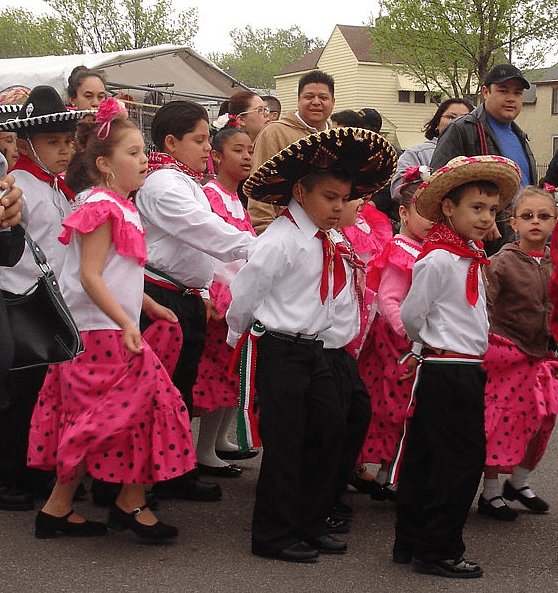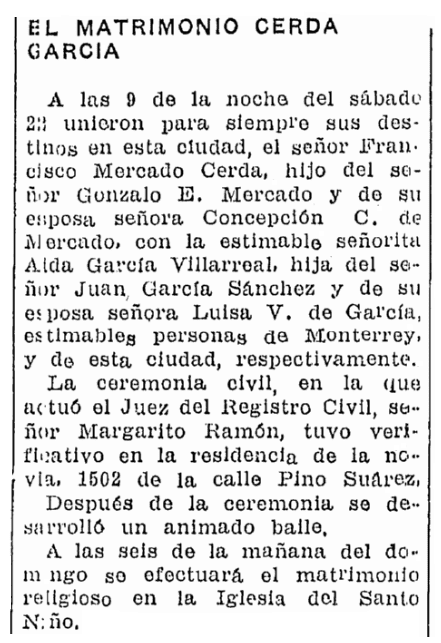Introduction: In this article – in honor of Cinco de Mayo this Sunday – Gena Philibert-Ortega provides tips and links to resources to help you translate Spanish-language newspapers and records. Gena is a genealogist and author of the book “From the Family Kitchen.”
With Cinco de Mayo celebrations this Sunday, some genealogists will be inspired to explore their Hispanic roots this weekend. Researching your Spanish-speaking ancestors in old newspapers and genealogical documents can be intimidating if you don’t read or speak Spanish – but it doesn’t have to be. With a little planning and preparation, you can be ready to tackle that branch of your family tree.

Before you even begin to search for your ancestor, I would recommend compiling a research guide to help you with the resources you need to research your family. Your research guide should include information about the place/s your ancestor lived and take into consideration resources that might help you answer your research questions. This guide should include maps, links to online genealogical collections, relevant repositories, and research tools – such as letter writing and word guides – so that you can research non-English newspaper articles and records.
Don’t forget to identify Spanish-language newspapers in GenealogyBank and add those to your research guide so that you can learn more about your ancestor and their life.

Plenty of online tools exist to help you translate and conduct searches for Spanish-language historical newspapers and documents. Consider what you want to learn about your ancestor and then identify genealogically relevant words that might be used to describe a birth, marriage, or a death. The following are just some of the tools that may be of help.
- FamilySearch Research Wiki. The Wiki should be one of your first stops for word lists to help you with your translations. The Spanish Genealogical Word List provides the key words you need to know to better understand the newspaper articles you find. Here you’ll find a list of words describing vital records events, familial relationships, and causes of death. The list is also downloadable as a PDF from the Wiki page so that you can refer to it often. Other resources from FamilySearch include an online video on reading Spanish handwriting and a Spanish Letter Writing Guide.
- BYU Script Tutorial. This Spanish Script Tutorial is just the thing for learning more about reading Spanish-language, genealogically relevant documents. Make sure to explore the links on the left-hand side of the page that include everything from vocabulary, to handwriting charts, to practice exercises.
- Google Translate. Google Translate is one of many online translation tools. With Google Translate, you can copy or type text into one box and then have it show the English translation (or vice versa) in the next box. If you are using the Chrome browser, translating websites is as easy as clicking on the translate icon in the browser bar. You can learn more about this by going to the Chrome Help You can even talk to others in a foreign language and translate signs with the Google Translate app.
If you want to do more than some simple translation, consider learning Spanish. Today, many different options exist to learn a language – including books, website tutorials on YouTube, and apps for your mobile device. Apps to consider include the free Duolingo. A Google search will bring up multiple options for learning a language.
But I think it’s important to point out that you don’t need to learn how to speak a language in order to read Spanish-language newspapers and records. With the translation tools above, you can be searching and finding what you need. Se puede investigar su historia familiar en español.
Related Articles:
